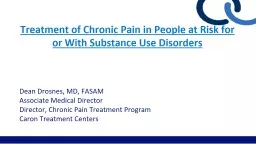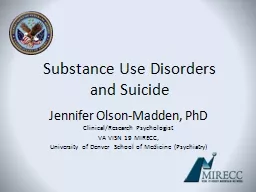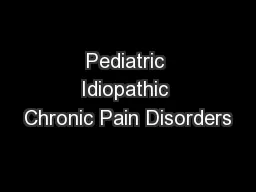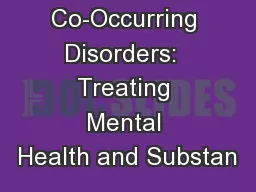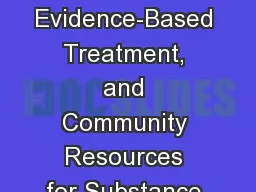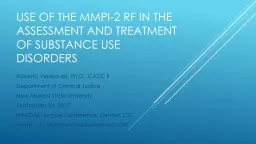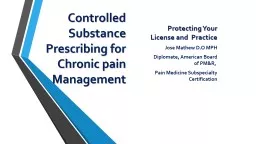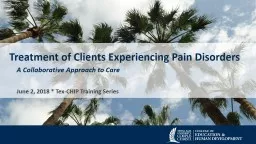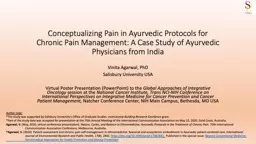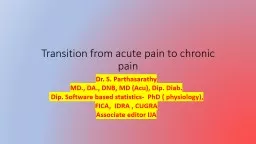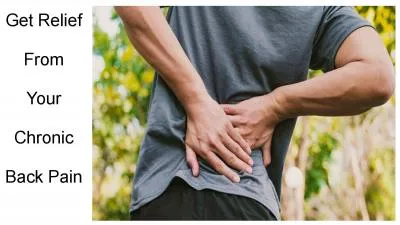PPT-Treatment of Chronic Pain in People at Risk for or With Substance Use Disorders
Author : syfarect | Published Date : 2020-06-16
Dean Drosnes MD FASAM Associate Medical Director Director Chronic Pain Treatment Program Caron Treatment Centers Disclosures Name Commercial Interests Relevant Financial
Presentation Embed Code
Download Presentation
Download Presentation The PPT/PDF document "Treatment of Chronic Pain in People at R..." is the property of its rightful owner. Permission is granted to download and print the materials on this website for personal, non-commercial use only, and to display it on your personal computer provided you do not modify the materials and that you retain all copyright notices contained in the materials. By downloading content from our website, you accept the terms of this agreement.
Treatment of Chronic Pain in People at Risk for or With Substance Use Disorders: Transcript
Download Rules Of Document
"Treatment of Chronic Pain in People at Risk for or With Substance Use Disorders"The content belongs to its owner. You may download and print it for personal use, without modification, and keep all copyright notices. By downloading, you agree to these terms.
Related Documents

